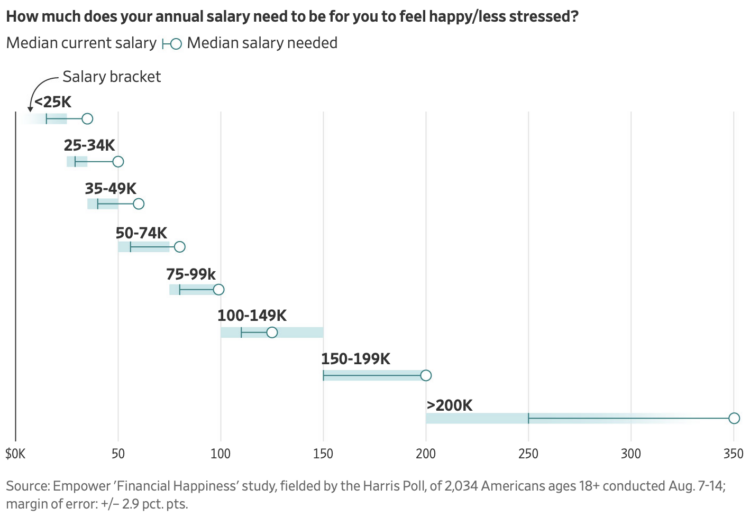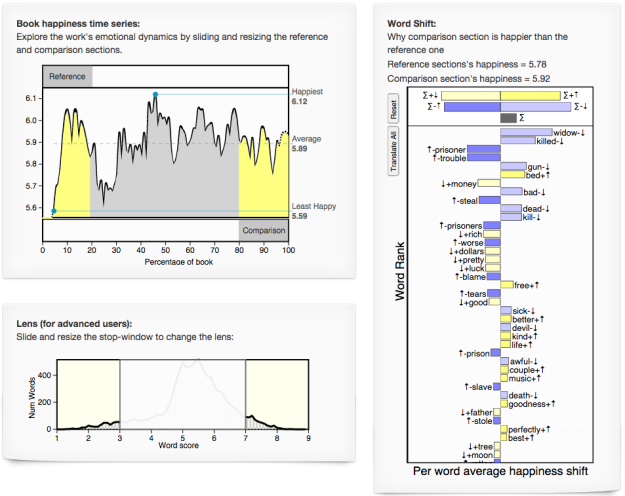We saw that life satisfaction changes with age, based on data from the Bureau of Labor Statistics. In the same survey, people were also asked about their happiness throughout the day when they ate, traveled, watched television, took care of kids, and other activities.
People reported happiness on a scale from 0 to 6, where 0 was not happy at all and 6 was very happy. The animation above shows the average happiness for the fifty most common activities. It runs from age 20 to 70.
Work, as you might imagine, sticks around the bottom of the range; eating and drinking lingers around the middle and the top; and socializing sticks around the top. The smaller circles show more variation over time, as kids and grandkids enter the picture and retirement kicks in.
Notes
The data comes from the well-being module of the 2021 American Time Use Survey. I downloaded microdata via IPUMS. I made the animation with R.
Tags: happiness, time use, well-being



